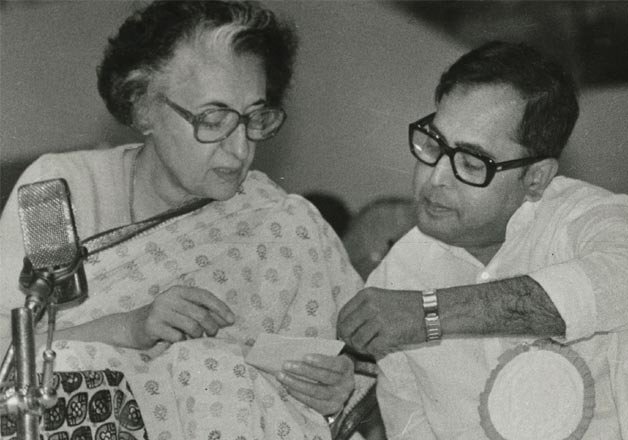Pranab Mukherjee, Indispensable Man of Indian Politics, Dies at 84
A journalist turned politician, he was India’s president from 2012 to 2017 and wore many hats during a career that spanned political generations.

Pranab Mukherjee, an Indian politician who rose to high office alongside one of India’s longest-serving prime ministers, Indira Gandhi, has died. He was 84.
His death was confirmed on Monday by Prime Minister Narendra Modi on Twitter.

Before undergoing brain surgery in recent weeks, he announced on Twitter that he had also tested positive for the coronavirus. He was later put on a ventilator and slipped into a coma, according to doctors who were treating him at a military hospital.
Though Mr. Mukherjee never became prime minister, the top post in India’s government, his ability to build consensus on contentious issues earned him the title of the indispensable man of India’s coalition-era politics. And he played a major role in the government of Mrs. Gandhi and the political career of her daughter-in-law, Sonia Gandhi.
In 2012, Sonia Gandhi, the head of the Indian National Congress party, cleared the way for Mr. Mukherjee to become president, a largely ceremonial job, while passing him over for the chance to be prime minister.
The party’s history of refusing to let anyone other than a member of the Gandhi family be its face has been at the core of bitter infighting in the past few months.

Many Indians see the Congress party as a protector of the nation’s founding secular values, a feeling that has become more prominent since the rise of Mr. Modi and his Hindu-nationalist Bharatiya Janata Party. But the party remains tied to the Gandhis, who are often perceived as a symbol of India’s Anglicized upper class.
Mr. Mukherjee, who was born on Dec. 11, 1935, in the small village of Mirati in India’s West Bengal state, fit right in. He was a college teacher and a journalist, and his father, Kamada Kinkar Mukherjee, was a Congress leader himself. His mother, who went by the single name Rajlakshmi, was also involved in politics.
Mr. Mukherjee quickly rose through the ranks to become one of the closest lieutenants of Indira Gandhi. He was criticized for being a loyal supporter of Mrs. Gandhi and playing his own small part in her government’s decision to send dozens of political dissidents to prison.
In 1980, Mrs. Gandhi picked Mr. Mukherjee as her finance minister. That would define his long political career, cementing his position as an important party leader for decades to come.
After Mrs. Gandhi was assassinated in 1984, he viewed himself as her rightful successor. Mrs. Gandhi, however, had chosen her son Rajiv Gandhi to become the next prime minister.
After being sidelined by Mr. Gandhi, Mr. Mukherjee left to form his own party, the Rashtriya Samajwadi Congress. But in 1989 he folded it into the Congress party after it failed to garner much support in his home state of West Bengal.
The party welcomed him back, and in the next few years, Mr. Mukherjee became the chief architect who piloted Sonia Gandhi’s ascent to power. From then on, he held several cabinet posts, from foreign affairs and defense to finance, and he served on numerous key committees. He was called upon routinely to break political logjams or defuse controversies.


ConversionConversion EmoticonEmoticon